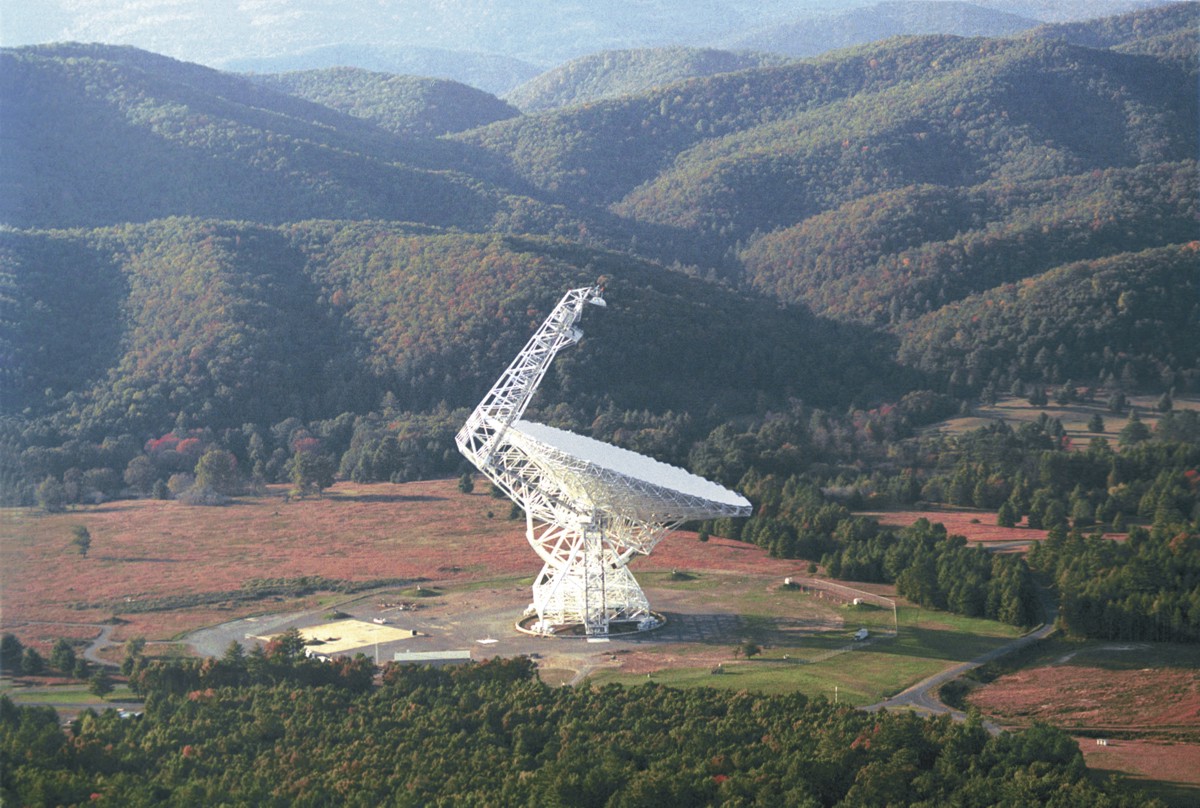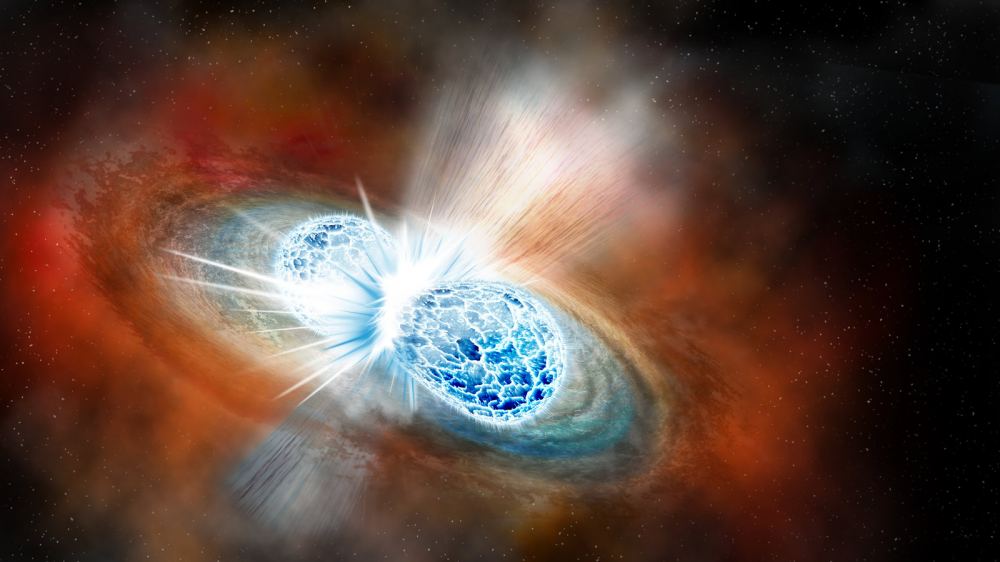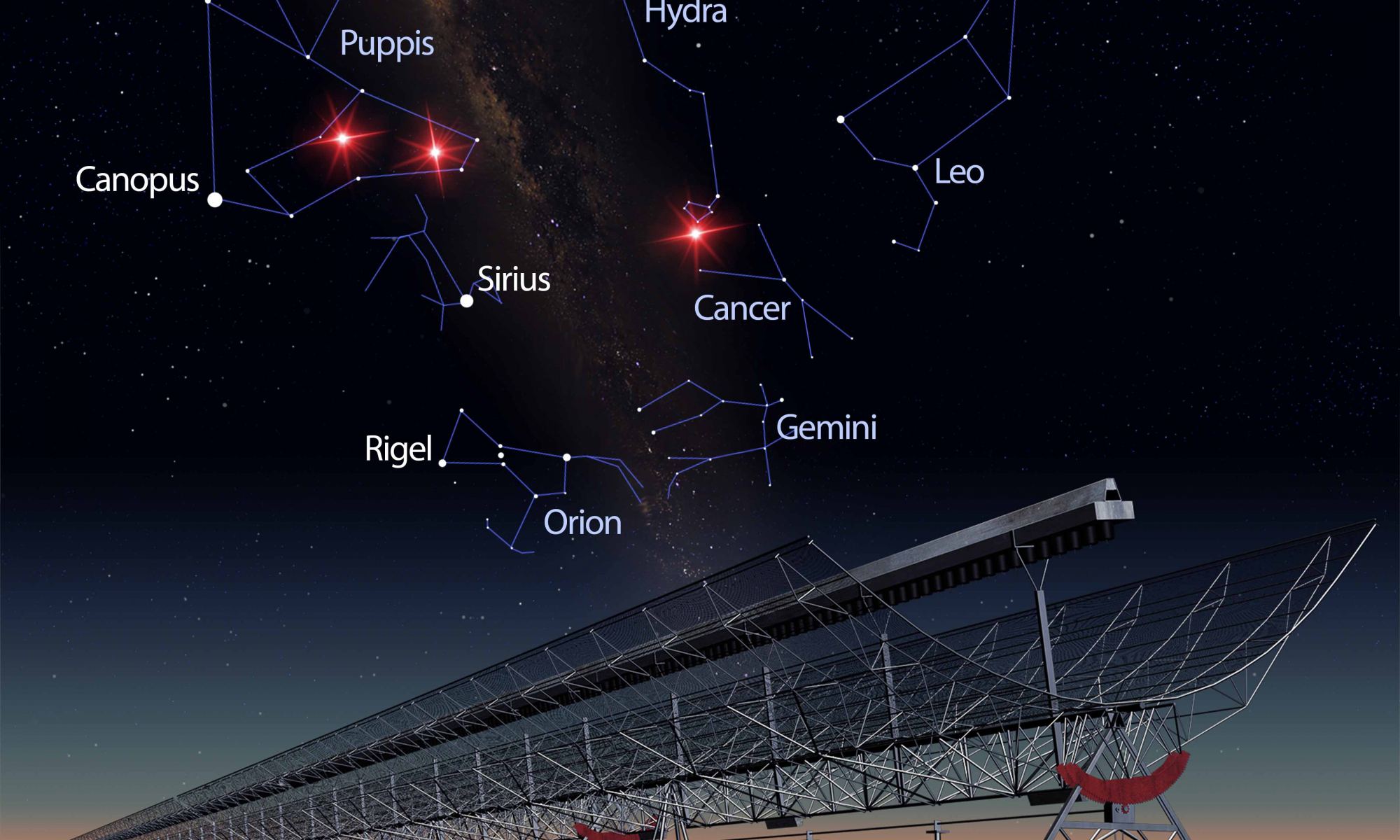A white dwarf isn’t your typical kind of star. While main sequence stars such as our Sun fuse nuclear material in their cores to keep themselves from collapsing under their own weight, white dwarfs use an effect known as quantum degeneracy. The quantum nature of electrons means that no two electrons can have the same quantum state. When you try to squeeze electrons into the same state, they exert a degeneracy pressure that keeps the white dwarf from collapsing.
Continue reading “Strange Green Star is the Result of a Merger Between two White Dwarfs”If Axions Explain Dark Matter, it Could be Possible to Detect Them Nearby Neutron Stars
As we continue to search for dark matter particles, one thing is very clear: they cannot be any of the elementary particles we’ve discovered so far. The particles would need to have mass, but interact with light only weakly. Of the known particles, neutrinos fit that description, but neutrinos have a tiny mass, and aren’t nearly enough to explain dark matter. Some other kind of particle must make up the majority of dark matter.
Continue reading “If Axions Explain Dark Matter, it Could be Possible to Detect Them Nearby Neutron Stars”Merging Black Holes and Neutron Stars. All the Gravitational Wave Events Seen So Far in One Picture

The Theory of Relativity predicted the existence of black holes and neutron stars. Einstein gets the credit for the theory because of his paper published in 1915, even though other scientists’ work helped it along. But regardless of the minds behind it, the theory predicted black holes, neutron stars, and the gravitational waves from their mergers.
It took about one hundred years, but scientists finally observed these mergers and their gravitational waves in 2015. Since then, the LIGO/Virgo collaboration has detected many of them. The collaboration has released a new catalogue of discoveries, along with a new infographic. The new infographic displays the black holes, neutron stars, mergers, and the other uncertain compact objects behind some of them.
Continue reading “Merging Black Holes and Neutron Stars. All the Gravitational Wave Events Seen So Far in One Picture”Do neutron star collisions produce black holes?
In principle, creating a stellar-mass black hole is easy. Simply wait for a large star to reach the end of its life, and watch its core collapse under its own weight. If the core has more mass than 2 – 3 Suns, then it will become a black hole. Smaller than about 2.2 solar masses and it will become a neutron star. Smaller than 1.4 solar masses and it becomes a white dwarf.
Continue reading “Do neutron star collisions produce black holes?”New Simulation Shows Exactly What’s Happening as Neutron Stars Merge
Neutron stars are the remnants of massive stars that explode as supernovae at the end of their fusion lives. They’re super-dense cores where all of the protons and electrons are crushed into neutrons by the overpowering gravity of the dead star. They’re the smallest and densest stellar objects, except for black holes, and possibly other arcane, hypothetical objects like quark stars.
When two neutron stars merge, we can detect the resulting gravitational waves. But some aspects of these mergers are poorly-understood. One question surrounds short-lived gamma-ray bursts from these mergers. Previous studies have shown that these bursts may come from the decay of heavy elements produced in a neutron star merger.
A new study strengthens our understanding of these complex mergers and introduces a model that explains the gamma rays.
Continue reading “New Simulation Shows Exactly What’s Happening as Neutron Stars Merge”Could There Be a Form of Life Inside Stars?

Are we alone in the universe?
It is one of the most profound questions posed in modern astronomy. But although our understanding of the cosmos has grown significantly, the question remains unanswered. We know that Earth-like planets are common, as are the building blocks necessary for terrestrial life, and yet we still haven’t found definitive evidence for life beyond Earth. Perhaps part of our problem is that we are mostly looking for life similar to our own. It is possible that alien life is so radically different from that of Earth it goes unnoticed.
Continue reading “Could There Be a Form of Life Inside Stars?”Why Pulsars Are So Bright

When pulsars were first discovered in 1967, their rhythmic radio-wave pulsations were a mystery. Some thought their radio beams must be of extraterrestrial origin.
We’ve learned a lot since then. We know that pulsars are magnetized, rotating neutrons stars. We know that they rotate very rapidly, with their magnetic poles sending sweeping beams of radio waves out into space. And if they’re aimed the right way, we can “see” them as pulses of radio waves, even though the radio waves are steady. They’re kind of like lighthouses.
But the exact mechanism that creates all of that electromagnetic radiation has remained a mystery.
Continue reading “Why Pulsars Are So Bright”A Fast Radio Burst Has Been Detected From Inside The Milky Way
Now and then there are bright flashes of radio light in the sky, and they are bothering astronomers. They are called Fast Radio Bursts (FRBs), and they’re like the chirp of a smoke alarm that needs its battery changed. They last for such a short time that it’s difficult to track down the source. They have become a nagging mystery in astronomy.
Continue reading “A Fast Radio Burst Has Been Detected From Inside The Milky Way”Neutron Star Measures Just 22 Kilometers Across

How big is a neutron star? These extreme, ultra-dense collapsed stars are fairly small, as far as stellar objects are concerned. Even though they pack the mass of a full-sized star, their size is often compared to the width of a medium-to-large-sized city. For years, astronomers have pegged neutron stars at somewhere between 19-27 km (12 to 17 miles) across. This is quite actually quite precise, given the distances and characteristics of neutrons stars. But astronomers have been working to narrow that down to an even more precise measurement.
An international team of researchers has now done just that. Using data from several different telescopes and observatories, members of the Max Planck Institute for Gravitational Physics, theAlbert Einstein Institute (AEI) have narrowed the size estimates for neutron stars by a factor of two.
Continue reading “Neutron Star Measures Just 22 Kilometers Across”Astronomers See Space Twist Around A White Dwarf 12,000 Light Years Away

The theory of general relativity is packed with strange predictions about how space and time are affected by massive bodies. Everything from gravitational waves to the lensing of light by dark matter. But one of the oddest predictions is an effect known as frame-dragging. The effect is so subtle it was first measured just a decade ago. Now astronomers have measured the effect around a white dwarf, and it tells us how some supernovae occur.
Continue reading “Astronomers See Space Twist Around A White Dwarf 12,000 Light Years Away”




